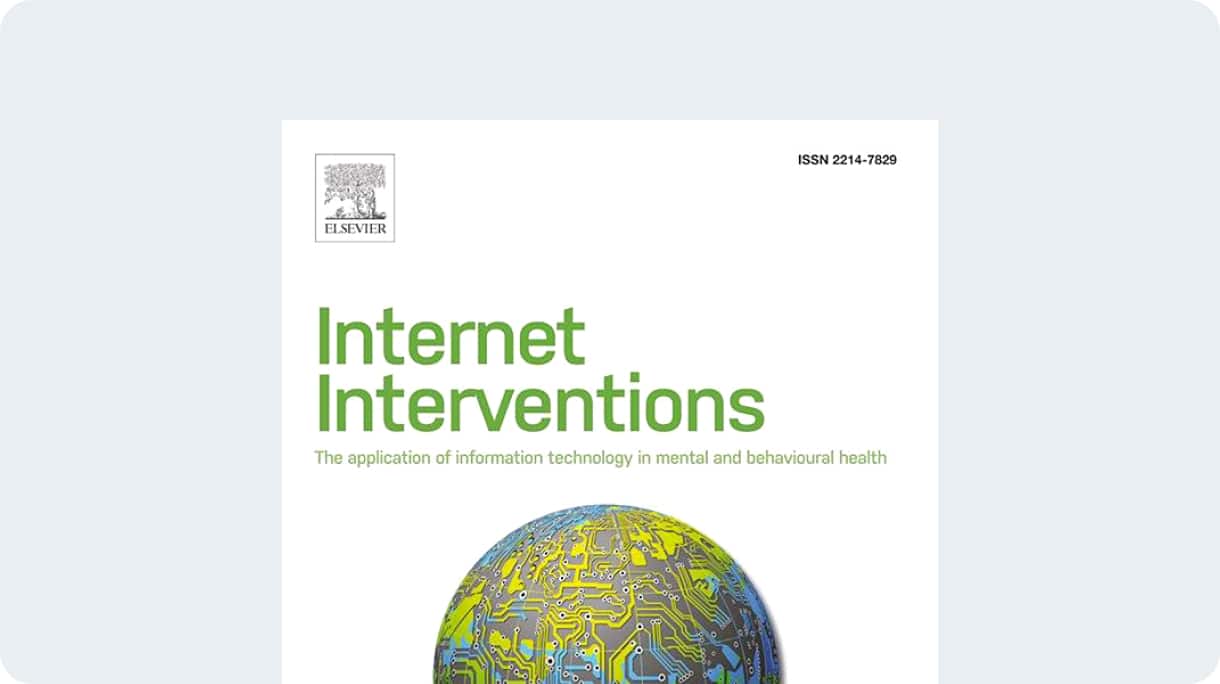Clinical outcomes from blended care therapy for anxiety and depression in the year after treatment




Abstract
Background
Scalable evidence-based treatments for anxiety and depression, such as blended care therapy (BCT) that integrate digital tools are effective, but reporting on long-term outcomes is limited.
Methods
This pragmatic observational study examined the symptom stability and trajectories of individuals in the year following engagement in a BCT program. Participants included adults with clinical anxiety and/or depression measured by the Generalized Anxiety Disorder-7 (GAD-7) or Patient Health Questionnaire-9 (PHQ-9). Assessments were sent during the initial episode of care and in the year following.
Results
Participants included 27,835 adults (depression: 17,686 and anxiety: 24,853). Of these, 11,465 (41 % of those who received initial care; depression: 7223; anxiety: 10,218) completed at least one follow-up assessment (FUA). Average age was 34 years, 68–69 % were female, and 48–49 % were White across subsamples. Among FUA respondents, rates of reliable improvement or recovery on the PHQ-9 or GAD-7 for those who did not receive additional therapy were above 81 % across follow-up periods. Growth curve analysis for those who did not return for additional therapy revealed that both depression and anxiety groups demonstrated a statistically significant yet small linear effect of time in the year following treatment, with a 1.6–2.1 point increase in scores over the 12-month period.
Conclusions
Among clients who completed FUAs and received no additional therapy, reliable improvement and recovery rates were high. Growth curve analysis demonstrated a small increase in symptoms over the 12-month interval, providing pragmatic evidence of long-term stability of treatment gains from BCT for anxiety and depression in a real-world setting.

